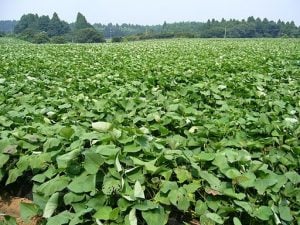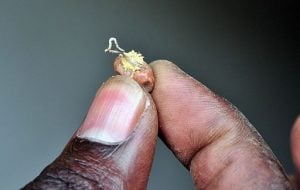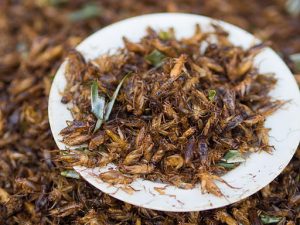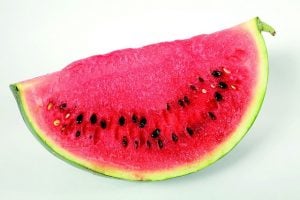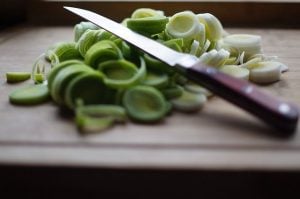Cassava is an immensely important crop here in Africa and the tropics. To get the scale of that, FAO reports that it’s the third most important source of carbohydrates in the tropics, just after maize and rice.
The reason for this popularity can be attributed to the fact that cassava is easy to grow, gives good yields and is incredibly drought resistant. To top it off, it’s nutritious and can be utilized in different kinds of ways.
Its root tuber can be cooked or made into flour to prepare different dishes, while its leaves can be used as a vegetable or to make stews/soups.
All this good qualities of the Cassava plant however come at a cost – cassava if not well-prepared may be poisonous, resulting in very fatal health outcomes including death.
Going by recent news, Cassava poisoning still poses a major health risk to populations that rely on it as a major food source.
What makes Cassava poisonous?
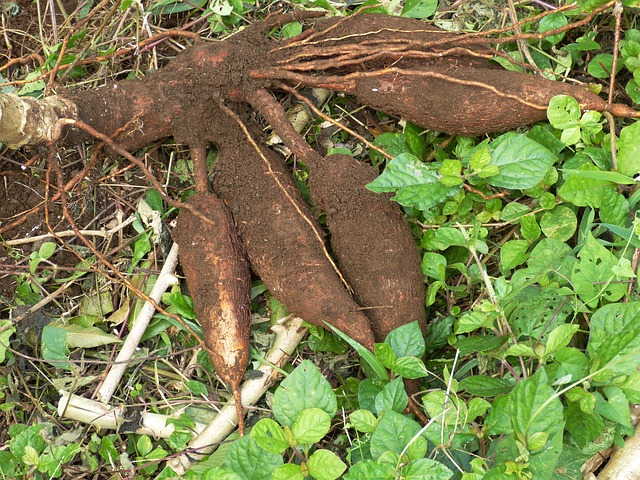
The cassava plant naturally produces some toxic chemical substances (linamarin and small amounts of lotaustralin) which during digestion get converted to cyanide. Cyanide is very toxic to humans and causes severe health problems.
These toxic chemicals are found in all parts of the cassava plant, however the levels vary with the cassava variety. The “sweet” variety contains small amounts of these chemicals, but the “bitter” variety has high content and should be prepared properly before consumption.
The lethal effect of these toxins is proportional to the body weight. For this reason, children are more susceptible to cassava poisoning than adults.
How to Prepare Cassava Tubers to Remove Cyanide
First and foremost, Cassava shouldn’t be eaten raw. Always peel the cassava, as the cyanide is more concentrated on the surface of the root tuber.
Sweet cassava roots are safe to eat if they’re peeled and cooked thoroughly. Bitter cassava roots however require more processing than the sweet variety to reduce cyanide levels.
To reduce levels of cyanide in the bitter variety do the the following:
- First peel the cassava then soak it in water for 3-4 days.
- Then sun-dry the cassava, pound and sieve it to obtain the flour. The flour can then be used for cooking.
While this method is effective in reducing the toxic substances, the soaking period should always be between 3-4 days. Anything below that reduces the effectiveness of the process.
Cassava flour that has been obtained after undergoing traditional methods of processing like sun drying, soaking for short periods or burying in the ground (heap fermentation) is still usually not free of cyanide at levels considered safe.
Such flour can be put through the “wetting method” which brings the cyanide down to safe levels. To do this:
- Put the cassava flour in an open container like a basin and mark the level it has reached.
- Add water to the flour while stirring.
- The flour will at first decrease in volume as water is added, then increase as more water is added. Do this until it reaches the mark.
- Take the wet flour and spread it on a thin mat not more than 1 cm and leave it to dry for 2 hours in the sun or 5 hours in the shade.
- The flour is now safe to be cooked and eaten.
How to Prepare Cassava Leaves to Remove Cyanide
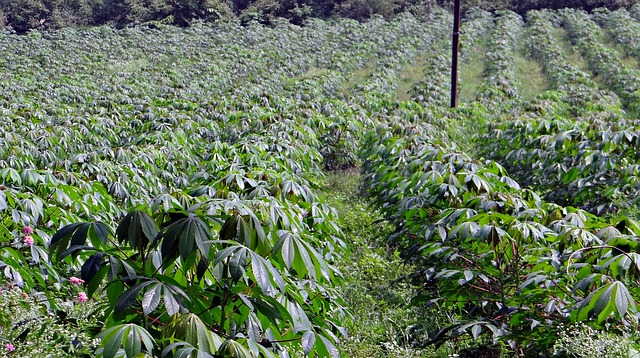
As we said, all parts of the cassava plant contain cyanide including the leaves which happen to be good sources of vitamins and protein. To reduce cyanide in the leaves you can do the following:
- Pound the leaves for 10 minutes.
- Then dry in the sun for 2 hours or in the shade for 5 hours.
- Finally, wash the leaves in water three times.
The leaves can also be boiled for at least 30 minutes which is even more effective in reducing the cyanide, however doing this destroys many of the vitamins and protein the leaves contain.
Spread the word
It’s our hope you’ve learned a thing or two about Cassava poisoning. Spread the word of what you’ve learned or share this article. No child or person should lose their lives for consuming cassava.
References
1. Bradbury, JH., Cliff, J., and Banea, JP. 2015. Making cassava flour safe using the wetting method. South Sudan Medical Journal [Online]. Available at: http://www.southsudanmedicaljournal.com/archive/february-2015/making-cassava-flour-safe-using-the-wetting-method.html [Accessed 23 September 2016]
